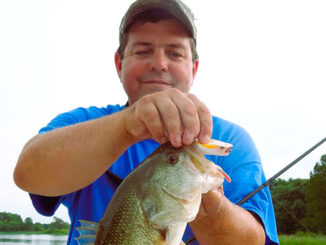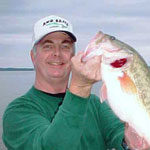Fat cats in skinny water
Big fish are in shallow water and often the action is extremely fast with multiple fish hooked. (Pho

April is prime time to for catching numerous species of fish in shallow water at the Santee Cooper lakes. […]

Taylor Bradberry caught this 29-pound flathead catfish at Santee Cooper in early April 2024. […]

During May, anglers can expect hot action from just about every species of fish that swims in the Santee Cooper lakes. […]

Copyright 1999 - 2024 Carolina Sportsman, Inc. All rights reserved.
Be the first to comment